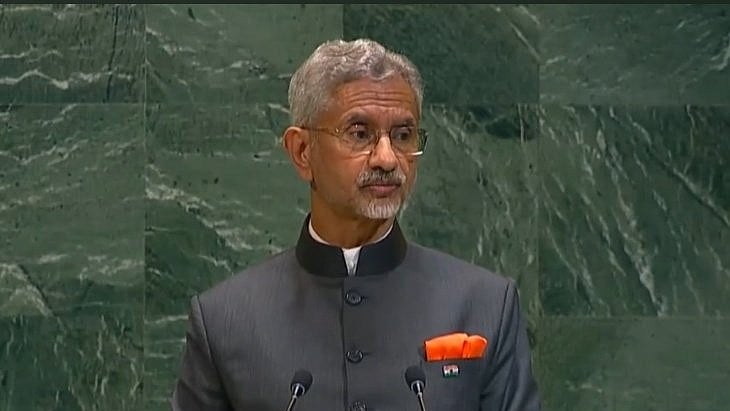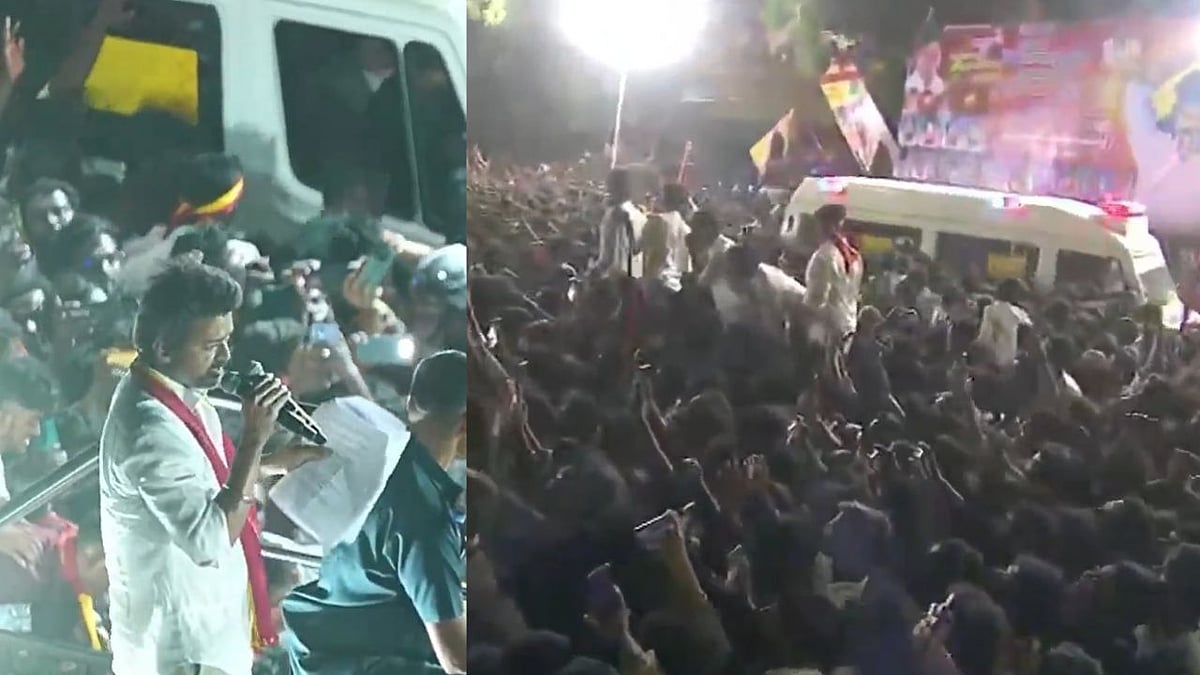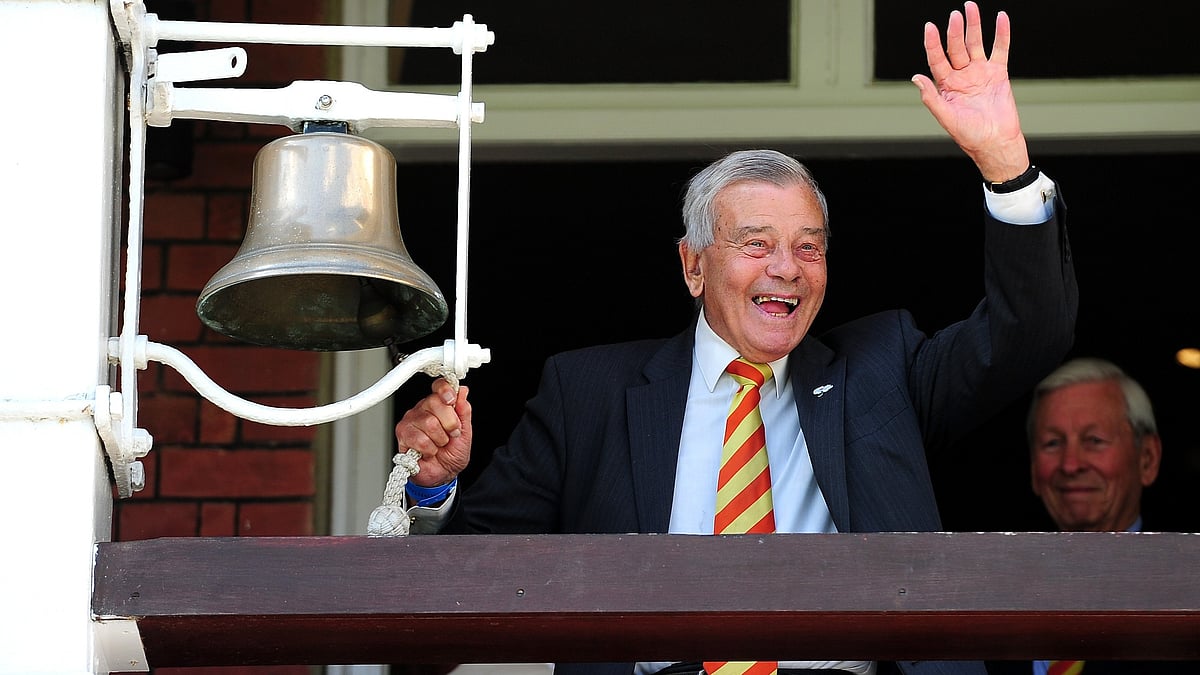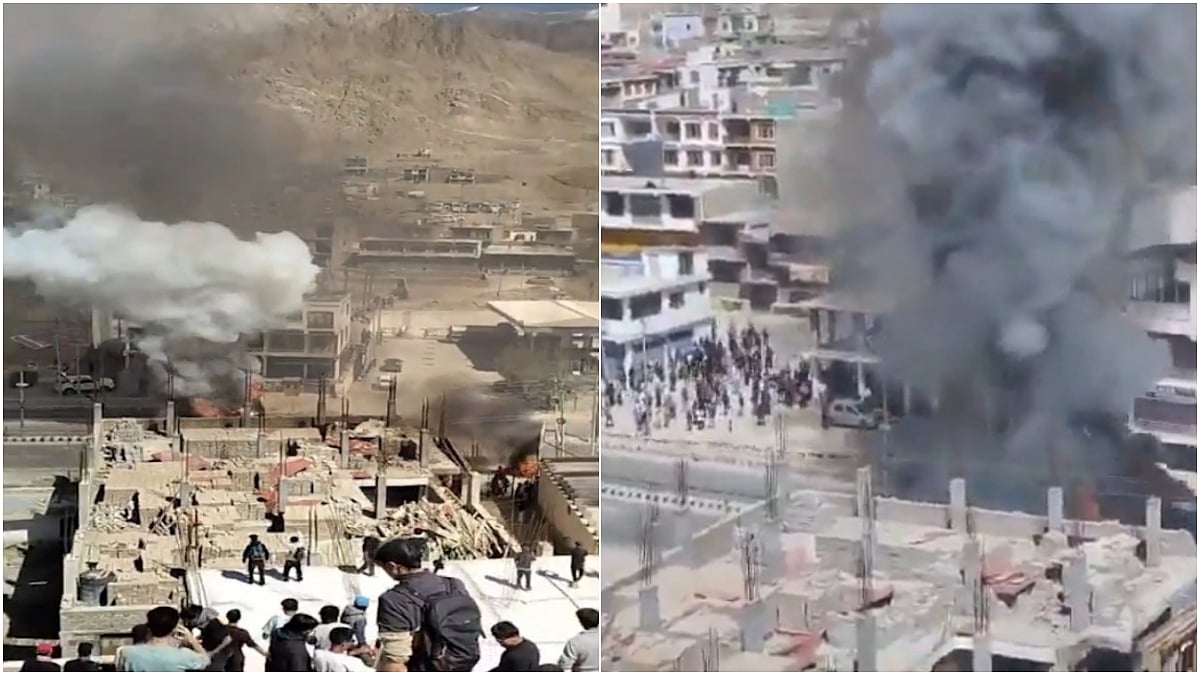The Hyderabad flood visual of a man being swept down the street should have sent alarm bells ringing in all Indian cities which are regularly inundated, especially in Pune, where rapid streams carried off people through the streets last year and in Mumbai, where a woman recently fell into an open manhole in a water-logged street only to emerge as a corpse floating in the sea.
Strangely, the drowning of Hyderabad has not initiated a discussion on drainage in our metros. The media is obsessed with trivialities, flooding does not become an election issue and no one computes the loss to the economy; the deluge is treated like an annual act of god. We talk of flooding only when our city is submerged. It’s like digging a well when your house is on fire.
There have been ample warnings and forecasts, studies and reports, even PILs but like a chain-smoker, we live in denial of lung cancer. Accepting the reality of climate change, global warming, melting polar caps and rising sea levels is expecting too much from our politicians. Their attitude is typified by Prime Minister Narendra Modi, who dismissed climate change as something imaginary.
The classic case of urban flooding is Mumbai. It calls itself India’s financial capital and the Maximum City but Mumbai has forgotten that at its core, it is nothing but seven islands fused together just 300 years ago.
Instead of incorporating this truth in its urban planning, it has gone on spree after spree of reckless and haphazard growth. Everyone here talks of vertical growth/skyscrapers but how many know the depth of its drains or the width of its sewers. Out of sight is out of mind. The plan for a business district was passed in a jiffy but a storm-water drain project was held up for a decade. What do you expect if not flooding?
Mumbai got its first wake-up call on July 26, 2005, when over 400 people perished in a deluge caused by the heaviest rainfall the city had witnessed in a century. Now, linking this is to climate change, which results in freak weather, is anathema to our legislators. In the current climate, you could well be charged with sedition for sabotaging the India growth story.
The Madhav Chitale committee that probed the 26/7 deluge came up with the obvious diagnosis and predictable treatment. Like telling the chain-smoker to go easy on cigarettes and do some breathing exercises.
Among other things, the Chitale committee recommended that Mumbai’s rivers and natural drains be widened and dredged, that encroachment on their banks be removed, that contour maps be made and flood-risk zones be demarcated and that construction in such zones be regulated, that new underground storm-water drains be laid with pumping stations, that mangroves be protected, that the municipal corporation be consulted before any construction in low-lying areas…
It was only after the deluge of 26/7 that Mumbai realised that the Mithi was not a nullah but a river running from Powai lake to Mahim creek. In fact, the Santacruz airport had diverted Mithi river on its own to extend the runway, aggravating the flooding.
The Chitale committee had proposed setting up river development authorities for each of Mumbai’s four rivers – Dahisar, Poisar, Oshiwara and Mithi -- but it has been done only in the case of Mithi. Here too, the grand plans for river rejuvenation and beautification of the banks were reduced to pre-monsoon de-silting.
The cardinal sin of constructing the Bandra-Kurla Complex (BKC), by reclaiming the Mithi estuary had already been committed two decades before 26/7. The BKC, the financial nerve-centre of India, went six feet under, on 26/7. The mistake was repeated by reclaiming mangrove land in the Goregaon-Malad stretch for a software hub, Mindspace.
The new airport is now coming up in Navi Mumbai in a basin of three rivers originating from the Matheran hills. As for mangroves, they are fair game. An additional fag for someone who smokes a pack a day is no big deal.
This is a city where hills have been levelled and the debris used to fill the sea, the creeks, the ponds and even the drains. There was a time when minister Chhagan Bhujbal and architect Hafeez Contractor proposed reclamation of the sea along the western coast!
Saeed Mirza’s satire 'Mohan Joshi Haazir Ho’ captures it perfectly in the scene where two builders tell pensioner Mohan Joshi, the lone tenant opposing their proposal to redevelop their old building, "Hum Bambai se Dubai tak makaan bana sakte hain’’.
While most of Chitale’s recommendations were accepted, the one to demarcate flood-risk zones and to regulate construction in them remained on paper because of opposition from the builder lobby.
Only half the projects initiated on the basis of the committee’s recommendations have been completed. Meanwhile, new flooding spots have emerged because of fresh construction over the last 15 years. This is the story of Hyderbad, Pune and several other cities.
Mumbai is now eyeing one of the last open spaces left in the city, the salt pan lands. The Mumbai Metropolitan and Region Development Authority (MMRDA) is looking at seven such plots totaling 300 acres between Kanjurmarg and Mulund for development.
By the way, the MMRDA itself is housed in BKC. And next to the MMRDA building is the drive-in theatre, now shrunk, with the major chunk used for a massive commercial complex that stands less than 10 metres away from Mithi river.
The Coastal Regulation Zone (CRZ) laws that protect the coastline are being systematically diluted and dismantled. And as if to add insult to injury, a road is being built in the sea along the western coast of Mumbai. Activists say, with some justification, that reclamation for the coastal road project resulted in South Mumbai getting flooded this monsoon, something that had not happened even on 26/7.
What has improved since 26/7 though are the weather forecasts and the early warning system for commuters. The rivers and nullahs too are dredged regularly.
However, crisis-time communication between government agencies remains poor - for instance, the timing and quantum of water to be released from dams during the monsoon. Ecologist Madhav Gadgil had blamed such lapses for widespread floods in Sangli and Kolhapur districts in 2019 and in Kerala in 2018.
Mumbai’s blind spot though, remains the threat of submergence by the sea, which is rising at the rate of 1.7mm per year along the Indian coast. Mumbai was marked as one of the coastal cities at risk of being submerged by 2050 in a study last year by Climate Central, a US non-profit news organisation comprising scientists and journalists.
The news hit the front pages but there has been no follow-up. Expecting a reaction from Maharashtra, which has no town planners in its urban development bodies and no hydrologists in its water resources department is futile.
However, there are still some scientists left in our scientific institutions and they say that while not all of Mumbai will be submerged by 2050, there could be prolonged flooding in low-lying areas. After all, South Mumbai’s Pydhonie (which translates as 'foot wash’ in Marathi), was so named because on this stretch, the feet got wet while crossing from one island to another at low tide.
Countries like China are seeking to counter urban flooding through the concept of sponge cities, which are structured to absorb and capture rain water, say through a wide unpaved strip running along the road which facilitates percolation.
Perhaps we should also look at the model where professional managers run the city, instead of politicians and IAS officers.
If the Harappan cities had sophisticated drainage systems there’s no reason why we can’t.
The writer is an independent journalist based in Mumbai










